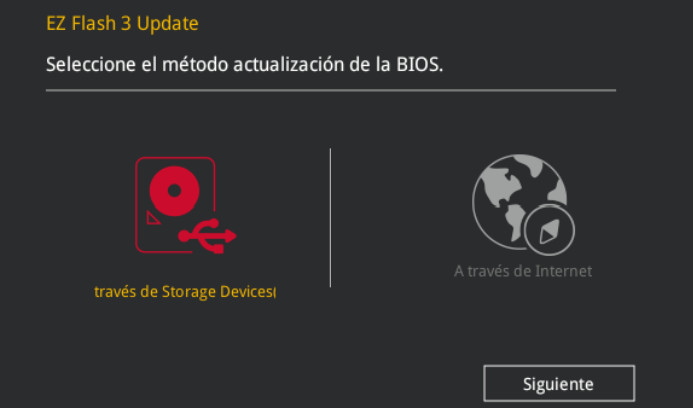ASUS releases BIOS update to support Ryzen 7000X3D processors
- March 3, 2023
- 0
ASUS has announced the availability of a BIOS update to support all features and capabilities of the Ryzen 7000X3D, a special AMD processor line that uses 3D V-Cache
ASUS has announced the availability of a BIOS update to support all features and capabilities of the Ryzen 7000X3D, a special AMD processor line that uses 3D V-Cache

ASUS has announced the availability of a BIOS update to support all features and capabilities of the Ryzen 7000X3D, a special AMD processor line that uses 3D V-Cache technology.
As expected from the world’s number one motherboard seller, support for new processors will be full and completeand it will reach its entire catalog of motherboards with socket AM5 and chipset X670E/X670 from the ROG Crosshair, ROG Strix, TUF Gaming, ProArt and Prime series.
This way, any user who buys (or will buy in the future) an ASUS board will be guaranteed to be able to install AMD’s most advanced line of desktop processors and the option to install one of its three models, the Ryzen 7 7800X3D. 8-core/16-thread, 12-core/24-thread Ryzen 9 7900X3D and the top-of-the-line 16-core/32-thread Ryzen 9 7950X3D, which AMD claims is the fastest gaming CPU on the planet.
You already know that all three operate at high frequencies with a limit above 5 GHz (5.0, 5.6 and 5.7 GHz respectively) and like all “X” models they have the multiplier unlocked to facilitate overclocking. The trio has a TDP consumption of 120 watts and a total buffer memory of 104, 140 and 144 Mbytes. If you want to support them properly, you need to update this firmware.
If a few years ago it was a more complex and insecure process, today it is much easier thanks to the new UEFI, the first program that runs when the computer starts up and aims to provide low-level communication, operation and basic configuration of the system. In other words, it manages and checks that the hardware is properly supported before the operating system is loaded.
They have new UEFI safety systems to avoid errors; dual BIOS in case one of them fails; direct update from the Internet or even from the operating system itself without the need to save a new version on an external storage medium.

ASUS has a step-by-step guide on their support page to perform this type of update, and we’ve published several guides and tutorials on how to perform this process on any brand of motherboard. All manufacturers release new versions of these programs from time to time to fix bugs or vulnerabilities, add new features, or as in this case add support for new processors.
Source: Muy Computer
Donald Salinas is an experienced automobile journalist and writer for Div Bracket. He brings his readers the latest news and developments from the world of automobiles, offering a unique and knowledgeable perspective on the latest trends and innovations in the automotive industry.